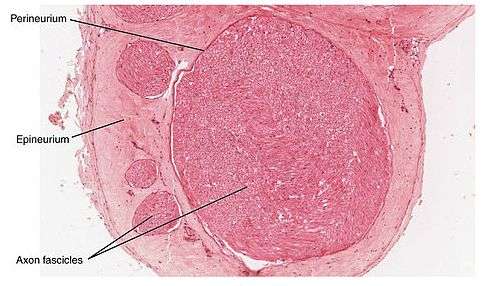
Computer scientists at the University of Surrey have created a ground-breaking model that could improve our understanding of developmental disorders such as autism.
Scientists have long tried to better understand how the cerebral cortex and its layers develop, with pathologies such as autism, schizophrenia and epilepsy linked to this process.
In a paper published by the journal Cerebral Cortex, scientists from Surrey, Newcastle University, and Nottingham University detail how they developed and used a computational model to simulate cell division, cell migration and apoptosis (cell death) in the hope of understanding how these processes affect the development of the brain.
With the help of their computer model, the researchers reproduced a wide number of cerebral structures to study—from rats, to macaques, to humans.
The team also observed that slight changes in how cells perform division and apoptosis lead to the development of cortical structures found in neurodevelopmental disorders such as autism, polymicrogyria and subcortical band heterotopia.
Dr. Roman Bauer, Engineering and Physical Sciences Research Council research fellow and lead author of the study from the University of Surrey, said: “We are working towards a comprehensive computational model of the cerebral cortex and how it develops—taking into account how neurons behave and organize themselves in our brains. It is clear to us that computational models have a crucial role to play in helping us to comprehensively understand the complex biological processes that lead to developmental disorders.”
Source: Read Full Article
